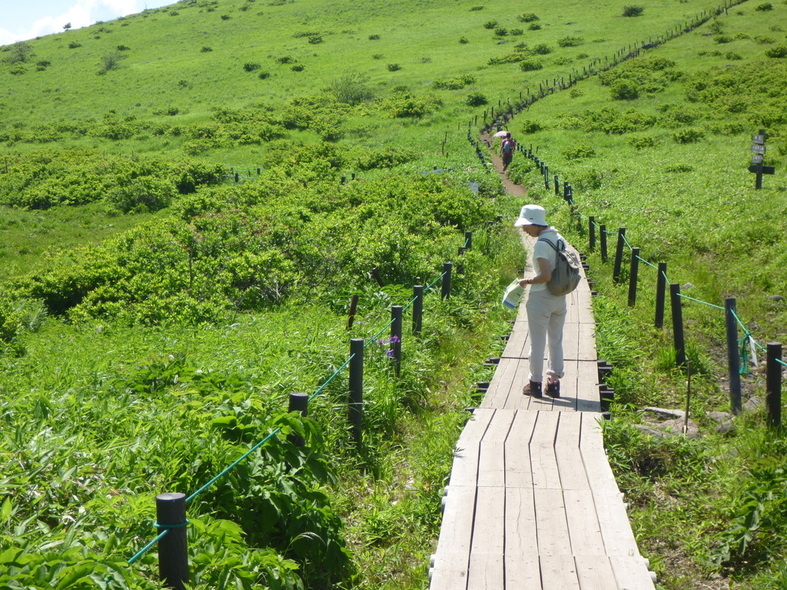The Time of Language Ode to The Early Bourbaki To Grothendieck / Note added, 28 October 2014
The Time of Language
Ode to The Early Bourbaki To Grothendieck
TANAKA Akio
In early 1970s, I had think of language from the side of mathematics, that level of mine is very low and primitive, moreover I never had any talent to mathematics.
But my eager to trying the approach was going to overcome hard barriers before me. So the route had really fascinated my mind for long time.
At that time I had read Chinese classics almost every day. WANG Guowei*, DUAN Yucai and WANG Yingzhi. They were giants on Chinese language historically and modernly.
On the other hand I had thought of language generally, not defined by Chinese.
But in front of the vast world of language, I had stood still lonely, not taking any method for approaching.
Mathematics was the only gleam of hope in the wasteland.
I never took the route of ordinary linguistics.
I really dreamt a dream that time.
There exists set theory before me.
Probably there was the influence of Bourbaki**, that several translations to Japanese, shared from Tokyo Tosho Publisher, were on the desk of mine.
My talent and endeavour were so low, so I had not any results at that time.
My desire was deep but my hand was so shallow.
The time passed by.
In 1979 the meeting again with CHINO Eiichi*** made me the chance to learn on language, the object was clear and direct.
Language universals by mathematics became the never-ending goal of the study hereafter.
Sergej Karcevskij**** gave me the courage to the research.
All the way to investigation were taught from CHINO, who was the genuine teacher on language.
In mathematics I took the route from geometry, especially by projection.
Now I stand at algebraic geometry.
Grothendieck is in the northernmost at the end of Bourbaki.
SAITO Takeshi said at the essay on Grothendieck***** that the object of mathematics for Bourbaki was the set of being attached by construction and the object of mathematics for Grothendieck was the object of category representing the presentable functor.
The time has come for describing****** on language by mathematics despite my poor ability.
Sincere thanks for the pioneers letting us make the fascinating route of modern mathematics.
1. *WANG Guowei
Encounter in life / A Letter /2005
Influenced paper / On Time Property Inherent in Characters / 2003 , Quantum Theory for Language / 2004
2. **Bourbaki
SAITO Takeshi. Bourbaki, Mathematics Seminar, vol.41 no.4 487. Nihonhyoronsha, Tokyo, 2002.
3.***CHINO Eiicji
First met in 1969, again in 1979. Fortuitous Meeting
4. ****Sergej Karcevskij
Note on Karcevskij’s theme. Note for KARCEVSKIJ Sergej’s “Dudualisme asymetrique du signe linguistique”
5. *****Grothendieck
SAITO Takeshi. Grothendieck, Mathematics Seminar, vol.49 no.5 584. Nihonhyoronsha, Tokyo, 2010.
6. ******describing
Note on Grothendieck’s theorem. Vector Bundle Model
Tokyo
January 10, 2012
Sekinan Research Field of Language
[Note, 28 October 2014]
When I first learnt French in 1964, I was the second grade of high school. My aim to learning was to get the lowest readable situation for modern poems of French Symbolism represented by Arthur Rimbaud and Paul Verlaine. Afterwards in 1969 I knew the importance of Martinet’s work at the linguistic class of university. Probably in the early 1970s, I bought Bourbaki’s books at the old-book-shop at Kanda, Tokyo, when Bourbaki’s fame reached to the poor-talented linguistic student like me. I was enchanted Bourbaki’s works and I somehow would like to adopt their results to my linguistic study. But my mathematical level was too low to get near Bourbaki’s world. From those days my wandering around mathematics and linguistics kept long long way like the Beatles song, The long and winding road. What I again met mathematics, especially algebraic algebra was already over the twentieth century. From 2003 I began to write papers being assisted with CHINO Eiichi’s advice and Sergej Karcevskij’s work. At that times Chinese Qing dynasty’s vast linguistic works topically represented by WANG Guowei was also assisting my study. At the result my first satisfied paper,”On Time Property Inherent in Characters”1 was completed. The theme in my life, model making of language universals was begun further later in 2008 at Zoho site 2 sekinanlogos 3. At Complex Manifold Deformation Theory 4 I started writing more clearer descriptive papers by mathematics especially according to algebraic geometry. And now I step up one more and entered in arithmetic geometry 5 for solving more difficult themes such as dimension, synthesis and fusion of meaning in word.
Refer to the next.
- On Time Property Inherent in Characters
- Zoho site
- sekinanlogos
- Complex Manifold Deformation Theory
- Arithmetic geometry

